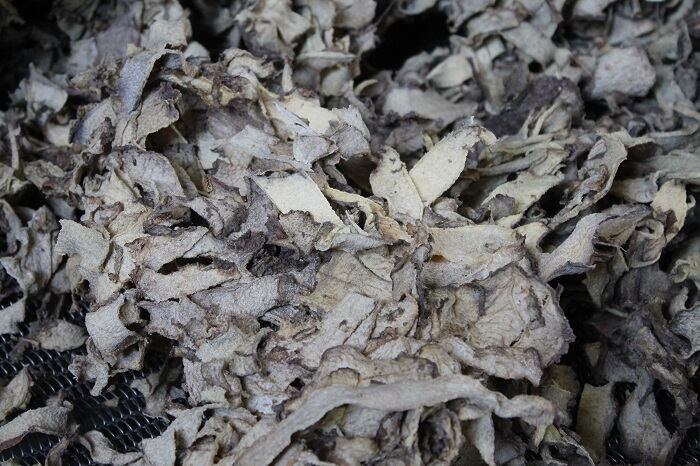Johanes Sukatio, president director of Java-based Algalindo, said so far his konjac had been rejected by EU buyers because of a fundamental misunderstanding about the real colour of the weight loss ingredient.
Speaking with us at a buyer mission to Indonesia for the firm’s main seller, carrageenan, he said each sample request played out the same: He would send samples and the potential buyer would ask why his yellow powder was not white.
Most konjac powder or gums were white, but Sukatio said this was because sulphur was used to ‘bleach’ the ingredient derived from the root of the konjac plant. He said he preferred not to do this because of health concerns.
According to a 2010 report from the UK’s Health Protection Agency, breathing in sulphur dioxide can cause irritation of the nose and throat and higher concentrations can cause nausea, vomiting, stomach pain and corrosive damage to the airways and lungs. Skin contact can cause stinging pain, redness of the skin and blisters. Eye contact can cause watering eyes and in severe cases blindness.
However the report said it was not known whether sulphur dioxide could cause cancer due to a lack of data.
Sulphur dioxide can be used as a food preservative or bleaching agent.
Last year the European Food Safety Authority (EFSA) called for data on a variety of food additives permitted for use in the EU, including sulphur dioxide (E221).
The deadline for this was last November, with the opinions expected this year.
The re-evaluation of sulphur dioxide will be discussed today at the plenary meeting of EFSA’s Food Additives and Nutrient Sources Added to Food (ANS) panel. According to its register of questions, a deadline of 31st December this year has been set for the opinion, which was requested by the Commission’s DG SANTE.
Attending the buyer’s trip, Stefanie van Pée, director of sales and procurement for the raw materials supplier Roeper, said this colour differentiation was not something the firm had been aware of and was not a topic of discussion for the industry more broadly as far as she knew.
The German firm was looking into whether the yellow ingredient could be an option and if processing without sulphur impacted functionality.
This was likely to be an option for dietary products and drinks where colour could be masked, she said, but less likely at this stage for pharmaceuticals or over-the-counter nutraceuticals unless it had the added value of an organic certificate.

The firm is waiting for samples to assess the product quality and possible use in different applications.
Sukatio speculated that the rejection was because for certain products like pills consumers expected a clean white colour.
The ingredient could be used as a gelling agent in combination with hydrocolloids like carrageenan. For the weight loss sector though the dietary fibre was used for its glucomannan content.
Under certain conditions glucomannan can carry two EFSA-approved health claims stating the nutrient “in the context of an energy restricted diet contributes to weight loss” and “contributes to the maintenance of normal blood cholesterol levels”.
The claims have induced movement in the weight loss sector, with players like Naturex announcing new prototype products with the ingredient like slimming noodles and a cake earlier this year.
